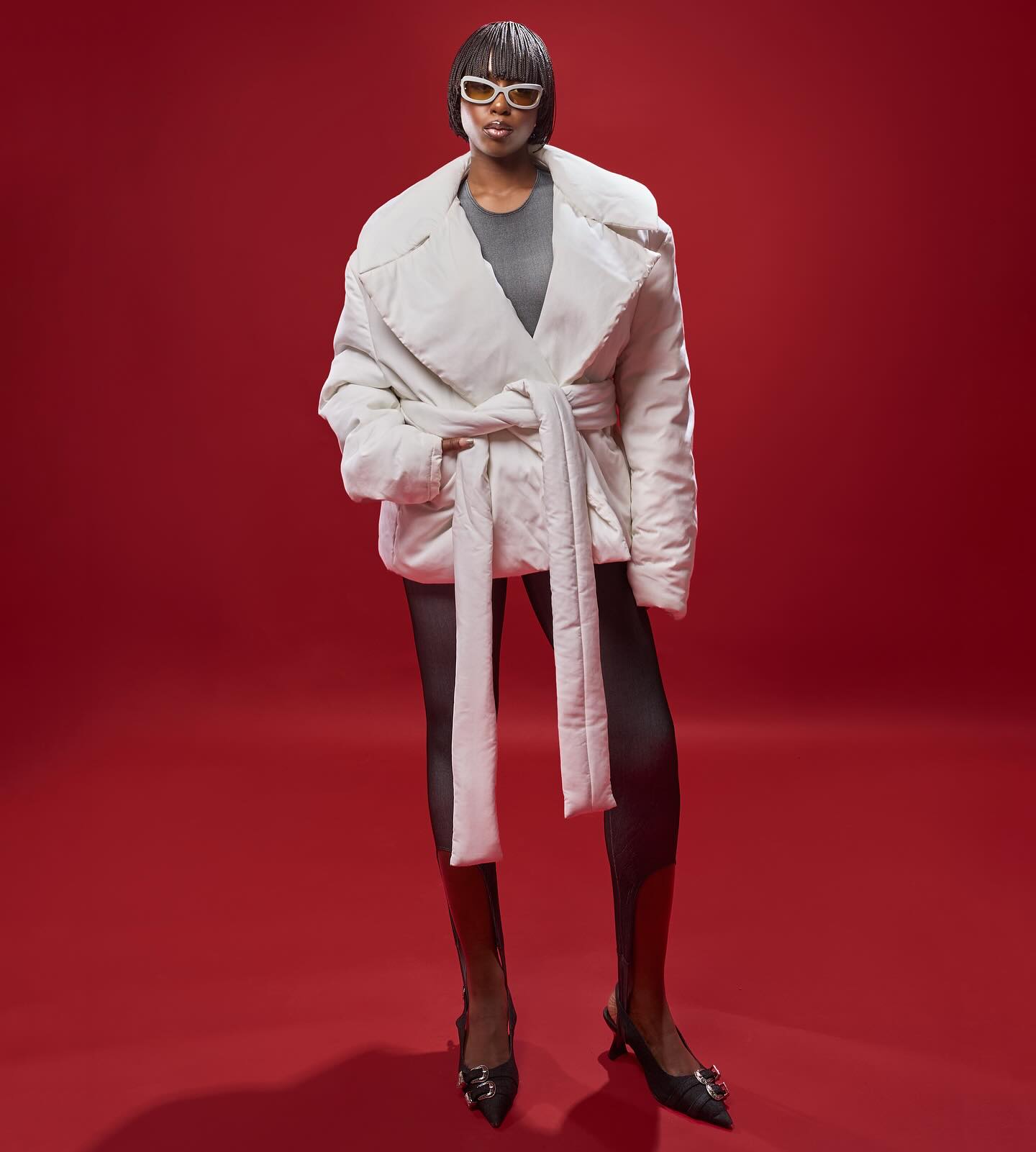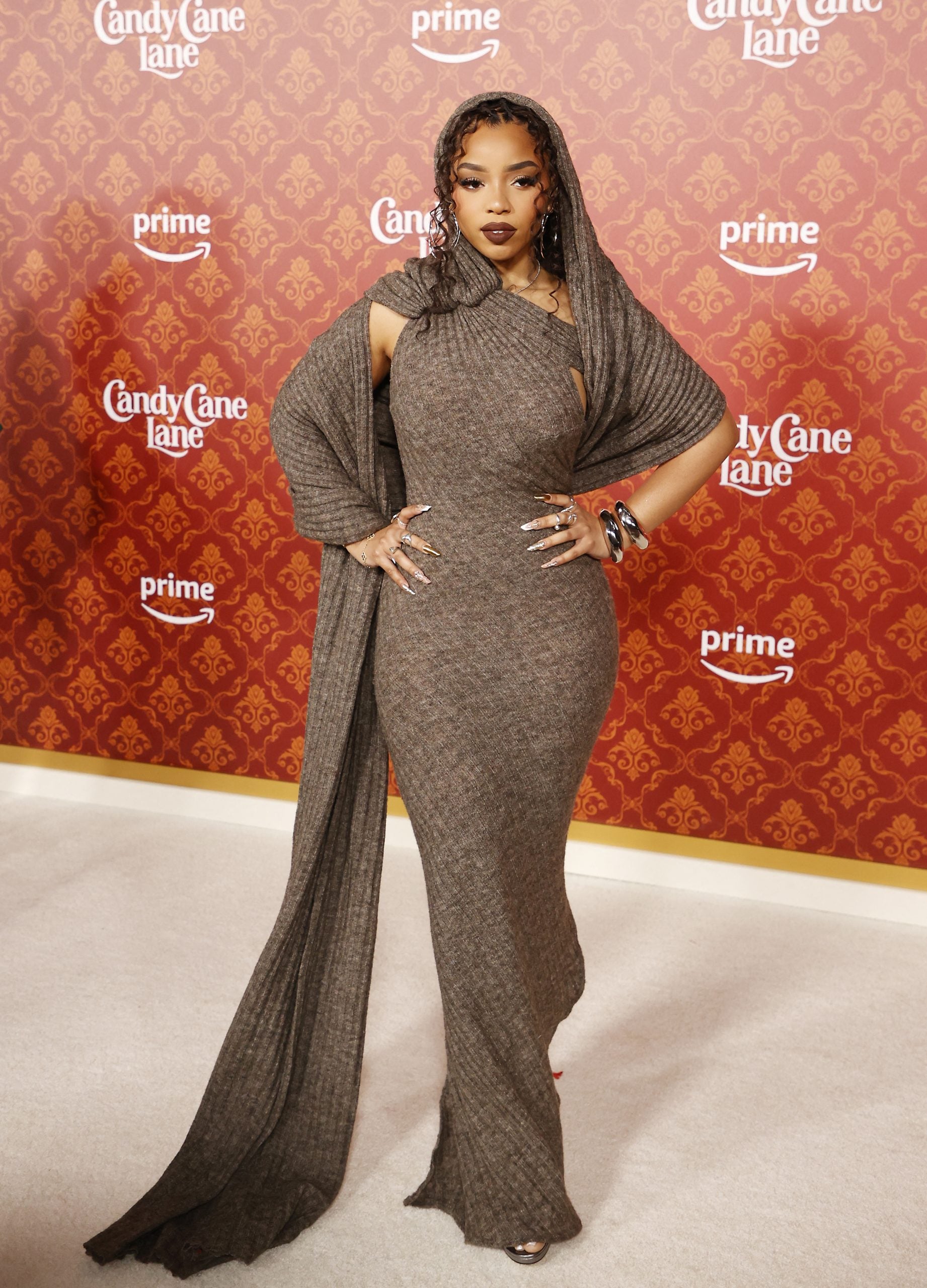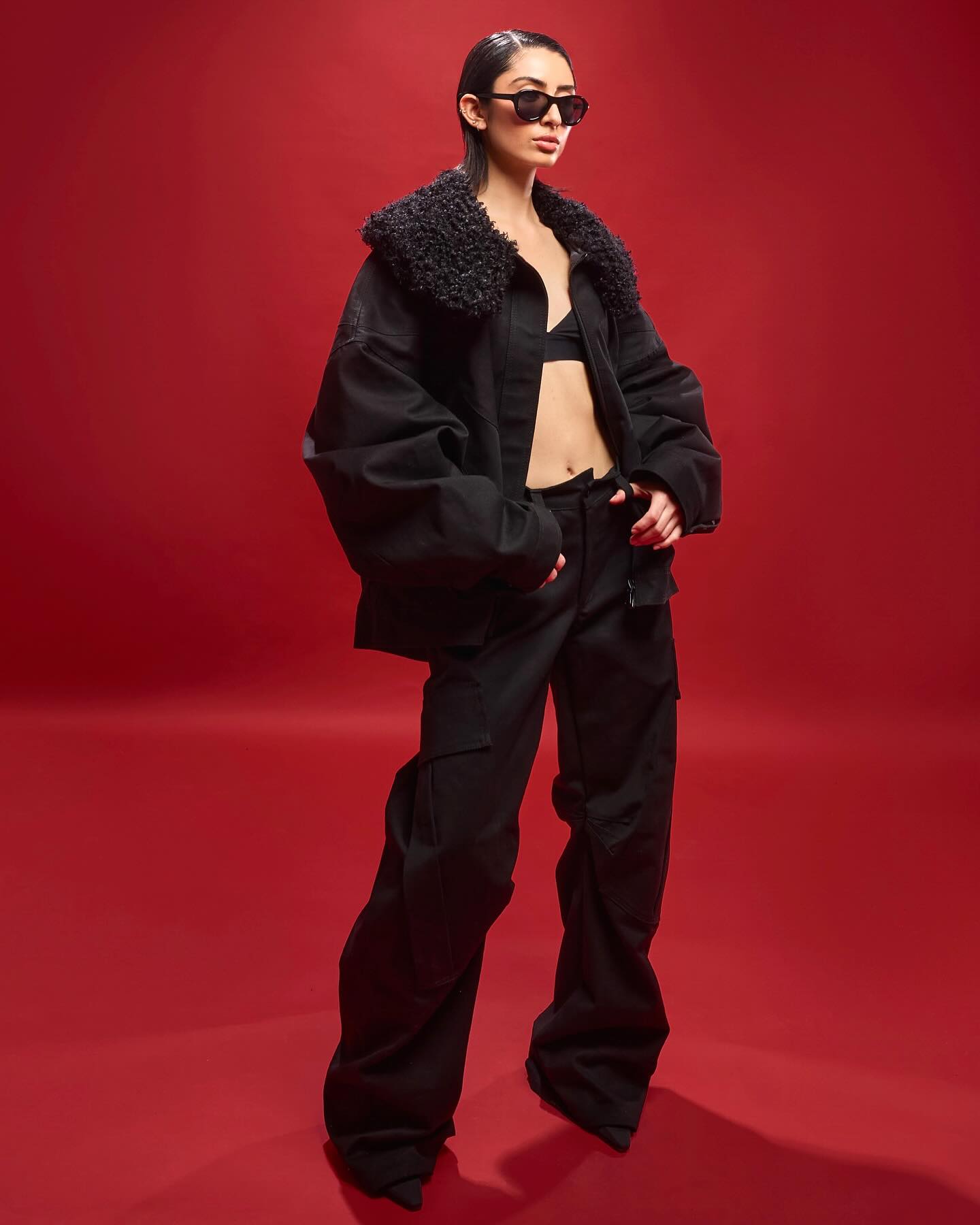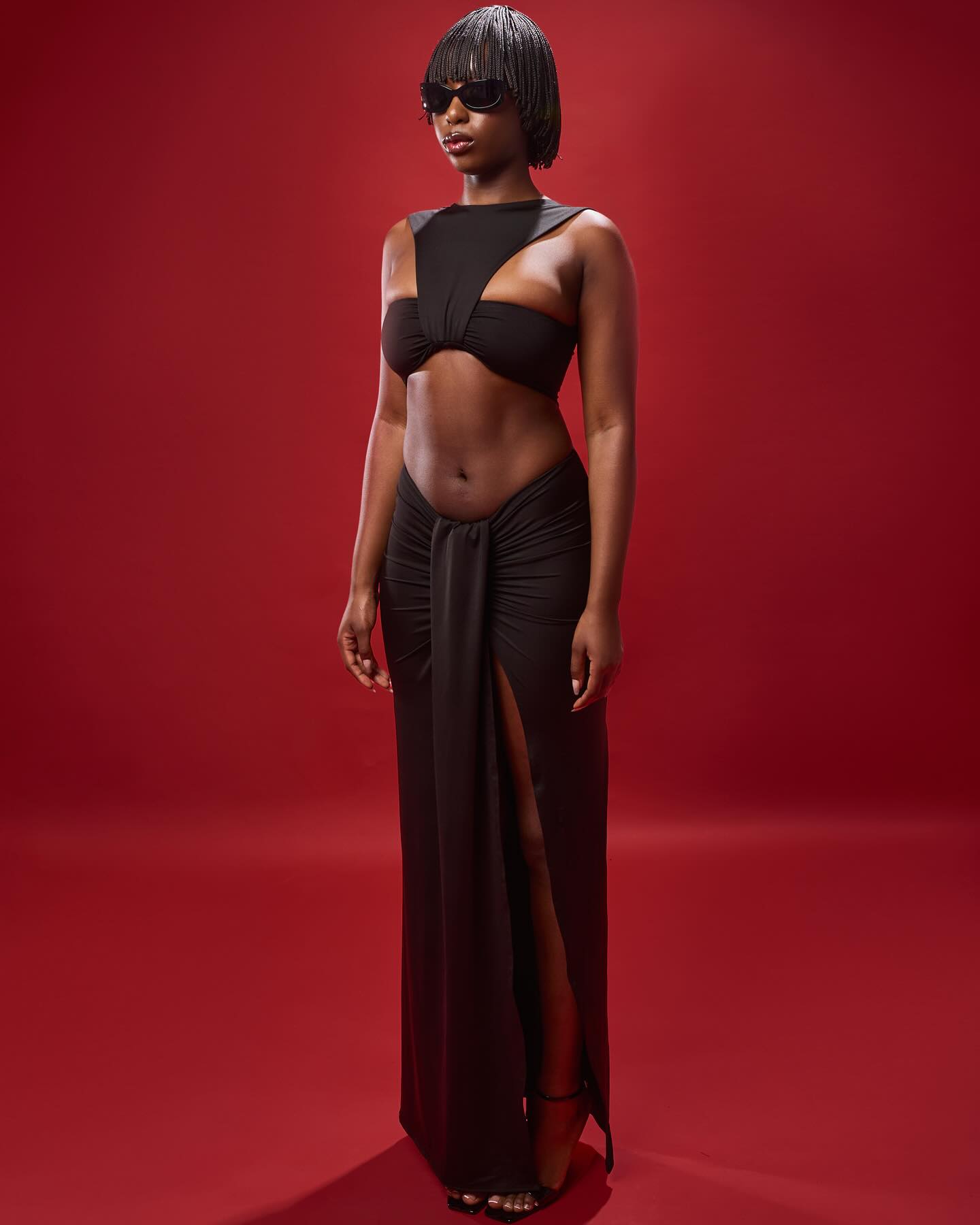
The fashion retail landscape is crumbling. And It’s not just a matter of opinion: the abrupt, unexpected closure of British luxury retailer Matches, along with Farfetch’s tumultuous state of limbo paints a bleak picture of fashion’s retail climate. No brand is now too big to fail. No department store is too big to shutter its doors–which makes the case of Kwame Aduesei’s current rise to the fashion top all the more fascinating.
Kwame Adeusei is the definition of self-made. Hailing from Ghana’s capital of Accra, Aduesei resettled in Los Angeles to jumpstart the next chapter of his eponymous label. “When I moved here, I didn’t know anybody,” he recalls. By the time Adusei emigrated to the United States at the start of COVID-19, he had 16 years of design experience under his belt and faced the proposition of leaving behind two stores and a coffee shop in his native Accra.

In the two years since officially founding Kwame Adusei, the designer has dressed the likes of Beyoncé, Ciara, and Chloe Bailey, and has opened a store-meets-showroom in the center of Beverly Hills, all the while developing seasonal collections at a steady drip. All of these notable developments have come without the help of outside investors or additional cash flow via generational wealth (a rarity among emerging labels of Adusei’s scale).
Adusei’s brand is hot. It’s what the cool kids of Los Angeles wear on a night out at Apt 200 in West Hollywood, or when grabbing a swanky meal up the street at Delilah. Lori Harvey and Kylie Jenner endorsed the label’s edgy and curve-conscious designs early on, with the former wearing its best-selling Kabun dress in 2022. For the press launch of Kylie Cosmetics in Ulta, Jenner commissioned a custom, white Kwame Adusei mini dress to wear for her largely covered in-store appearance that same year.

Since then, the business has expanded to include a range of pared-down yet still design-forward basics and on the other end, elaborate couture-level pieces. Adeusi on his approach: “It’s for the curve. I’m paying attention to that sort of woman. And at the same time, it’s functional, practical, and sexy. Think about it, they have to do all of the things that most men have to do—they have to do everything. And they want to look sexy.”

From early on, Adusei has aimed to keep a tight grip on where his designs are sold; none of his clothes are available at the usual suspects like Saks Fifth Avenue, FWRD, or Nordstrom as customers can only buy his designs through the label’s website or at its Doheny Drive store in Los Angeles. It’s a model he’s adopted not only through necessity, but also through an unwillingness to play the game of industry politics, “I actually tried going that route [of selling through wholesale channels], but the experience was really bad and it wasn’t worth it. It’s almost like a clique thing,” he recounts of trying to court big name department stores. “Before [fashion] buyers even end up coming to your show you need to buy them first-class tickets, put them up in the best hotels. As an independent brand—with what sort of money? Financially it didn’t make sense.” With the rise of brands big and small struggling to stay afloat and in the black, Adusei’s decision to keep focus on building the Kwame Adusei name internally is a savvy one. Even a luxury brand like Glenn Martens’ Y/Project, which routinely shows twice a year in Paris, forwent a fashion show this season due to financial constraints.
Other than his rebellious approach toward the long-held wholesale model, Adusei’s signifier along with his brand doesn’t seem to be adhering to stereotypes. For one, he left New York in favor of Los Angeles to set up his company’s home base, a move out of the norm for most emerging designers with luxury aspirations. “My experience in New York was very harsh. It’s so fast-paced and things were moving really fast. It was difficult to build a community there because in New York you just don’t have the time.”

His designs also don’t follow the usual tropes of the mainstream perception of African fashion; while a quick Google search of the term “African fashion” will turn up a range of loose, flowy garments in splendid prints and colors, Adusei’s work utilizes denim and leather in various shades of black, gray, and white with only the occasional splash of color (this season that color was red). It’s decidedly more sleek, icy, and urban than most would expect from a designer raised in a tropical, sunny setting, but Adusei’s complex and figure-hugging tailoring can go toe to toe with the likes of masters like Jean Paul Gaultier and Thierry Mugler who both are renowned for their brilliant designs.
Even when just about every type of silhouette or shape has been exhausted by designers of yesteryear, Adusei manages to develop exciting forms and off-the-cuff details that separate his clothes from the rest. For instance, his new denim jeans with an exposed rip on the back provide an excellent example of how he’s pushing beyond the preconceived notions placed on African designers. But Adusei’s Ghanaian heritage manages to show up and spill out in surprising and unsuspecting ways. On the surface, what looks like simply a red leather bubble skirt from his upcoming pre-fall collection, is in actuality, as he explains, an homage to the red-draped garments worn by the Asante people of Ghana.
His signature body-hugging silhouettes, which showcase and complement the curves of the female form, is what Adeusei coins, “the African cut,” or tailoring specifically to the curves of women of African descent. “I’m Black, my sisters are Black, I have a Black daughter. It’s like, okay, what can I do with my skillset to make sure that a Black woman is seen on the highest level? But really the African cut is not even a skin color. It’s the curves. Africa is the continent where you find the most curves.
The Ghanaian designer’s knack for blending form with a dark, industrial aesthetic has made him a name to know in the business. After putting down roots in Los Angeles, Adusei quickly embedded himself into the LA scene, mixing with social media figures, It-girls, and artists. “In LA people are just nice from the beginning, up until they don’t need anything from you and then they leave you,” he says before laughing. “In New York, it’s the other way around.” The designer has managed to build up a network of friends and fans that function as the pulse of the Kwame Adeusei brand, as evident in its pre-fall presentation on Thursday night. Attendees gathered at the Kwame Adusei store. Some were dressed in the label’s moody creations sipping wine while browsing a collection of glittering dresses, sheer bodysuits, and unconventional outerwear. It’s like a family business because I like to have everybody around me first test the product. They test the garments and later tell me what they think.” Although a presentation, it felt less like an industry event and more like a gathering among friends.
The mood of the evening circled back to Adusei’s special connection with the city he’s come to call home. As he told me: “You need a community to build. Without community, what are you really doing? Especially for fashion,” he said. “My business needs the community. The community is my business,” the designer adds.
Credits
Designer: Kwame Adusei
Photography: Nigel Elliott
Talent: Dolce Edusei
Creative Direction: Jamilah Stewart
Hair & Makeup: Arianna Chaylene Blean
Styling: Jamilah Stewart, Raven Lehmkhul
Sunglasses: Akila Eyewear







